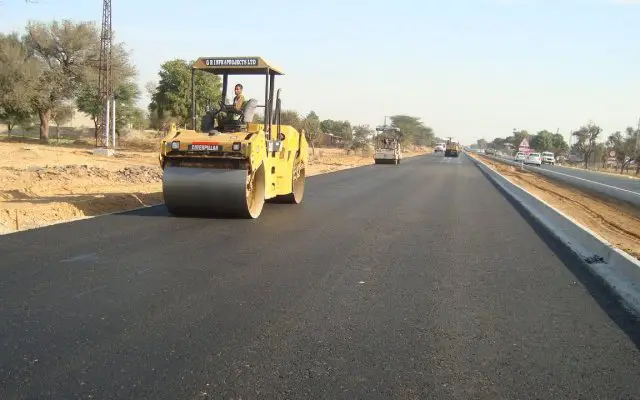The government of Ghana has approved US $285m for construction of 14 road projects across the country.
According to the Ministry of Finance, the approval of the funding commitment for the 14 projects is subject to section 33(1) of Ghana’s Public Financial Management (PFM) Act, (Act 921), which requires a yearly breakdown of each project as well as detailed information on all on-going road projects.
Also Read:US $81.67m approved for Eastern Corridor road project
Road projects
The Ministry of Roads and Highways will submit all projects’ contracts for inclusion in the medium-term expenditure framework. The projects will see reconstruction, rehabilitation and upgrading of road networks spanning 381.3km across Ashanti, Brong Ahafo, Eastern and Northern regions of Ghana.
The road projects include reconstruction of 27.2 KM Akropong-Pramkese-Adankrono road, 24.80 KM Osiem-Bogoro road, 22 KM Asuom-Subi-Kade road, 41.40 KM Kwabeng-Abomosu-Asuom road, 23.3 KM Kwabeng-Akropong and Akropong town roads and upgrading of the 30 KM Anwiankwanta-Obuasi road.
Other road projects include 30 KM Kwadaso-Trabuom road, 23.3 KM Mampong-Kofiase road and 71 KM Salaga-Bimbila road. Additionally upgrading work will include 30.2 KM Odumasi-Adenta-Badu road, 7 KM Atronie-Mim road, rehabilitation of 21 KM Adankrono-Kade-New Abrem road (Lot 1) and 22.4 KM Kade-New Abrem road (Lot 2).
The multi-year commitment for the Ministry of Roads and Highways will be funded through the medium term budgetary allocation, covering the period between 2019 and 2023. According to the Office of Minister for Finance, the concerned Ministry is expected “to provide the required information, as stipulated by the PFM act by 15 July 2019.”
Transport infrastructure
Road transport is very important to the Ghanaian economy. It is estimated that road transport accounts for 96% of passenger and freight traffic in Ghana and about 97% of passenger miles in the country.
According to the Ministry of Roads and Transport, Ghana’s road transport infrastructure is made up of 63,122km of road network linking the entire country as at the end of 2006. The network consisted of 12,786km of trunk roads, 40,671km of Feeder roads and 9,764km of urban roads. The road network had increased to 13,367km of trunk roads, 42,100km of feeder roads and 12,600km of urban roads.
On the whole, traffic densities are low, except in the large cities of Accra and Kumasi, where peak hour densities are relatively high. The intention is to have many of the existing highways tolled and private-sector participation in road construction and ownership.

